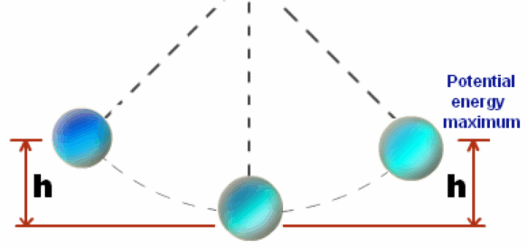As concerns about climate change intensify, many individuals turn to air purifiers as a means of improving indoor air quality. However, there are underlying questions regarding their environmental impact. Can these devices, designed to enhance personal well-being, inadvertently contribute to global warming? Delving into the myriad components of air purifiers reveals a complex interplay between benefits and potential drawbacks.
At the heart of the inquiry is the mechanism by which air purifiers operate. Most air purifiers utilize one or more filters, primarily HEPA filters, to remove particulate matter from the air. These filters capture allergens, smoke, dust, and other pollutants, thereby fostering a healthier indoor environment. While the immediate benefits of cleaner air are widely recognized, we must ask: what are the environmental ramifications of these filtration systems?
The manufacturing process of air purifiers involves substantial energy consumption. The production of plastics, electronic components, and the manufacturing of filters themselves all generate greenhouse gases. Each stage, from raw material extraction to final assembly, leaves an environmental footprint that cannot be ignored. Consequently, the carbon emissions associated with the production of these devices raise a critical issue—do the long-term benefits of cleaner air outweigh the initial environmental cost?
Moreover, the operation of air purifiers typically necessitates a continuous power supply. This reliance on electricity prompts further considerations. In regions where energy is derived from fossil fuels, the operation of an air purifier could contribute additional carbon emissions to the atmosphere, exacerbating global warming. Conversely, in areas where renewable resources like solar or wind power are utilized, the impact is mitigated. This variance underscores the necessity for consumers to critically assess the energy sources powering their devices.
In addition to energy consumption, the lifespan and disposal of air purifiers and their filters merit scrutiny. Most air purifiers have a lifespan that can range from five to ten years, but the filters may need to be replaced more frequently—some every few months. Disposing of used filters poses a challenge as many of these materials may not be recyclable, leading to increased landfill contributions. Over time, the accumulation of discarded filters can represent a significant environmental concern, thus further fuelling the debate on the efficacy of air purifiers in combatting climate change.
Another facet of air purifiers is the emission of ozone, particularly in devices labeled as ozone generators. While ozone can effectively neutralize certain pollutants, it is also a harmful pollutant itself when present in significant quantities. Ground-level ozone can contribute to smog formation and respiratory issues. This duality presents a paradox where one strives for a cleaner atmosphere inside their home while inadvertently contributing to outdoor air pollution and, by extension, climate change.
Yet, it would be remiss to overlook the advantages air purifiers provide in the fight against indoor air pollution. Indoor air quality is a burgeoning concern, with research indicating that individuals spend upwards of 90% of their time indoors. Pollutants such as volatile organic compounds (VOCs), mold spores, and particulate matter can significantly affect health, cognition, and quality of life. Air purifiers can help mitigate these harmful agents, thus promoting a healthier living environment and improving overall well-being.
Furthermore, as climate change progresses, the impact of air quality on public health becomes more pronounced. Asthma rates and respiratory illnesses have escalated in tandem with rising temperatures and increasing pollution levels. Addressing indoor air quality may not only enhance personal health but also serve as a preventive measure against the exacerbation of health crises stemming from climate change. In this context, air purifiers could be viewed as a necessary tool for public health rather than a villain in the battle against climate change.
When evaluating the contributions of air purifiers to global warming, it is crucial to adopt a holistic perspective. The net impact of these devices is a complicated equation considering both their environmental costs and their potential health benefits. Encouragingly, there are avenues to enhance their sustainability. For instance, consumers may opt for energy-efficient models that use less power, coupled with the implementation of smart technologies to optimize usage. Additionally, seeking out purifiers with recyclable filters or those utilizing eco-friendly materials can reduce the environmental burden.
Ultimately, individuals who champion air purity must weigh the benefits against the broader context of environmental stewardship. Choices exist that allow for the purification of indoor environments while minimizing adverse effects on the planet. Transitioning to a mindset centered on sustainability—considering energy sources, product lifespans, and waste outputs—will empower consumers to make informed decisions that align with their environmental values.
In conclusion, separating fact from fiction regarding air purifiers and global warming requires a nuanced understanding of both the devices and their broader implications. As society grapples with the realities of climate change, the path to a healthier, more sustainable future necessitates vigilance in our choices, whether it be in selecting air purifiers or engaging in other environmental practices. Knowledge and intention can create a powerful synergy, leading us toward solutions that benefit both individual health and the health of our planet.








